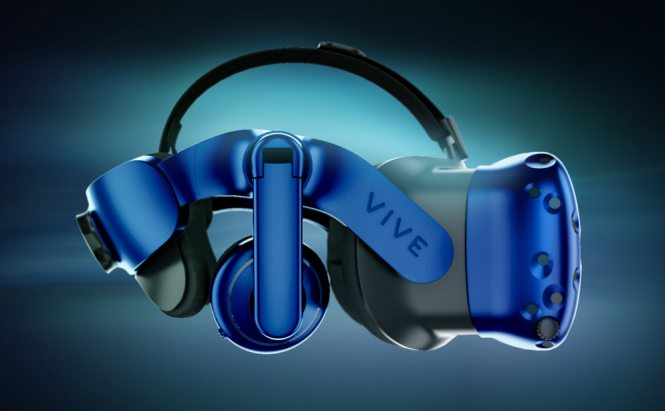 HTC to release its first wireless VR adapter
HTC to release its first wireless VR adapter
Virtual reality is great; in fact it's so awesome that I fear that once it gets perfected, many people will no longer want to return to the real life. However, at this time, pretty much all VR headsets have problems such as making their users dizzy and even motion sick after longer periods of time spent in virtual reality. Additionally, being able to move around is one of the biggest charms of VR and cables can really restrict your mobility. Fortunately, HTC will soon have a solution.
The company has recently unveiled a new gadget called the Vive Wireless Adapter, which removes the need to use cables in both the regular HTC Vive headset as well as in the mew HTC Vice Pro device. Before you get too excited, you should know that it's going to be a while until the product arrives on the market as according to HTC's blog, it will be launched sometime in the third quarter of this year. Also, the company didn't say anything about the price or even the price range for the product, so it might not be as cheap as most of us are hoping it will be.
From what I've read, the upcoming adapter will operate on the 60 Ghz band, which is generally pretty free of interference, meaning that the data transmission will be optimum. The device also features Intel’s WiGig technology, which is capable of handling the large volume of information being exchanged at high speeds. Since wireless VR was one of the most requested features by the customers, it's great to see HTC moving in that direction and prioritizing the development of this technology. However, there's also an aspect that worries me: when you replace cables with wireless technology, batteries must come into action because these devices need to be powered somehow. However, HTC's representatives didn't say a word about how batteries or how long they will last.
While this is HTC's first wireless solution, it's not the first one available on the market. So, if you're not willing to wait until the summer, the best solution available is TPCast. Even though I haven't tested the adapter myself, most sources report that it's pretty good as it doesn't have performance drop issues and operates on the same 60 GHz frequency to avoid lag. The battery is plug and play, which means you can change it as you go and it heats about as much as the headset itself after prolonged periods of usage.
When you think that two or even one year ago, VR was just becoming a reality and there wasn't much to do for early adapters, it's hard not be amazed by the amount of VR content available today. There already are a few movies, numerous applications and tons of great VR games that you can play on PC, so the sooner the headsets solve their problems, the better it will be for both the companies that manufacture them and the consumers.




